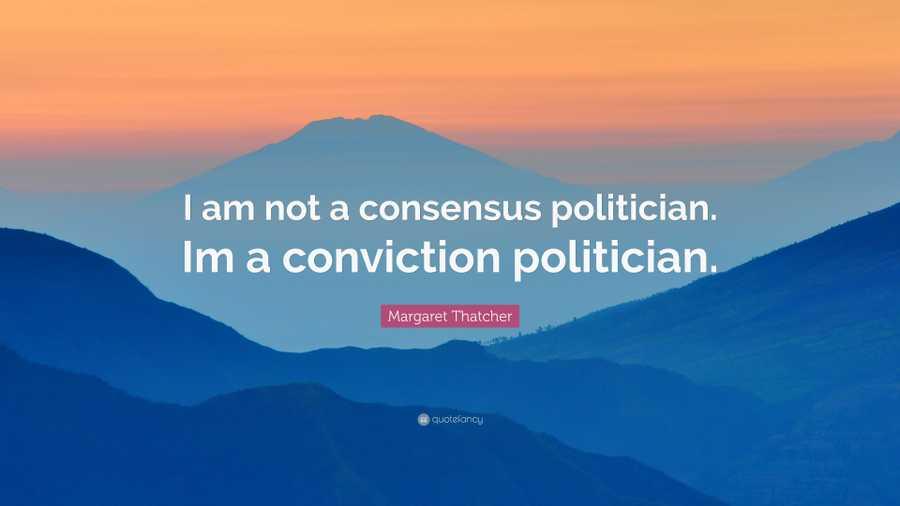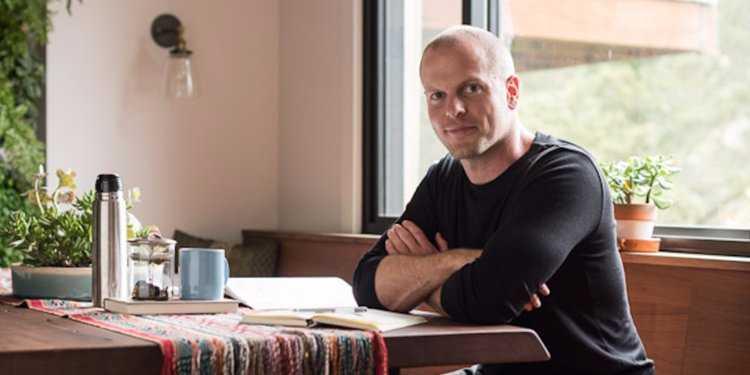Vladimir Oane's Key Ideas from The Messy Middle
by Scott Belsky
Ideas, facts & insights covering these topics:
13 ideas
·19.1K reads
175
1
Explore the World's Best Ideas
Join today and uncover 100+ curated journeys from 50+ topics. Unlock access to our mobile app with extensive features.
Alignment over process
As the team grows, misalignment happens: deadlines are missed, communication is inconsistent etc. Process is how we force alignment when it doesn’t happen naturally: Check-ins, organisational diagrams, approval processes etc. But process can slow down progress, because people don't like obstacles to work.
Alignment is the solution. The more aligned your team is, the less process you need: help everyone understand the goals and plan.
Introduce processes to help the team not just to reduce anxieties. Respect other people processes too. Different people, different working styles.
360
3.44K reads
Internal Marketing: Promote Plans & Progress
The best leaders of productive teams are the ones coming up with clever ways to get their colleagues to act:
- Promote plans, through graphic representation of milestones, a communications campaign that repeats goals or time-bound declarations like Pinterest’s “Year of Going Global” (which pushed every team to internationalise the business) or Uber’s “Year of the Driver”.
- Promote progress: when your team makes meaningful progress, you should merchandise their achievements back to them. Give your team the gratification of seeing their progress.
319
1.95K reads
DRI & Delegate, Entrust, Debrief
Adam D’Angelo, the founder of Quora, has advocated for every project having a “DRI”—a Directly Responsible Individual—whom the entire team knows to go to and rely on for that particular area. Things leaders must do to make sure DRIs are effective:
- #delegate: Make sure responsibilities are clearly defined & well known.
- #entrust: but make it clear who the person is accountable to.
- #debrief: understand why something didn’t work and what needs to happen to make sure it doesn’t happen again.
338
1.58K reads
Conviction > Consensus
Decisions based on consensus typically end up with an ordinary outcome because by seeking to please everyone, you boil your options down to their lowest common denominator: whatever option is most familiar to the most people. When working in a group, innovators must be willing to be the fool.
331
1.55K reads
Don’t give those resistant to change false hope
When you make a bold decision that changes your strategy and the day-to-day responsibilities of your team, your job is to foster alignment. The most effective way of communicating this vision was to declare it. Not blunting the blow with a narrative that made the changes sound less drastic.
Hesitation breeds incrementalism—the tendency to make changes too muted, too slowly, and too late. You need to attack the hesitation and galvanize the troops to move forward without looking back.
311
1.26K reads
Make one subtraction for every addition. Be the editor of your product.
The paradox of product success is that when you focus on pleasing your most engaged users, you stop engaging new ones. The sad reality—and the opportunity for start-ups—is that most established products take their large user bases for granted and fail to maintain simplicity over time.
Forcing yourself to have a “one feature in, one feature out” guideline will help you develop your product with a bias toward simplicity.
320
1.14K reads
Tim Ferris Cutting Method
“The question that I find most helpful to ask is [when asking people to read my drafts]:
If you had to keep 10% , which 10% percent would you keep, and if you had to, absolutely had to cut 10%, which 10% would you cut?
The interpretation:
It only requires one vote to cut. If someone says, ‘I loved this, I would absolutely keep this 10 percent,’ it stays. Even if nine out of ten people vote cut. It takes a consensus to cut, but it takes only one outlier to keep.”
332
1.17K reads
The role of product onboarding
Prime your audience to the point where they know:
- Why they’re there
- What they can accomplish
- What to do next
For any product with aggressive growth aspirations more than 30% of your energy should be allocated to the first mile of your product. It’s the very top of your funnel for new users, and it therefore needs to be one of the most thought-out parts of your product, not an afterthought.
309
1.02K reads
Hook for the first 30 sec ⏱️: laziness, vanity, & selfishness
The lazy-vain-selfish principle is true for all kinds of first product experiences:
In the first 30 seconds, your visitors are lazy in the sense that they have no extra time to invest in something they don’t know. They are vain in that they want to look good from the get-go when they engage with your product or service. And they’re selfish in that despite the big-picture potential and purpose of what your product stands for, they want to know how it will immediately benefit them.
Whatever pulls us past those first 30 seconds is the hook -> An effective hook appeals to short-term interests that are connected to a long-term promise.
319
855 reads
Do > Show > Explain
- Challenging products must EXPLAIN how something is done (think Photoshop). This is the least effective way to engage new users.
- One step better is SHOWING. The advent of tool-tips or mini-animations that demonstrate how something is done.
- But the absolute best hook in the first mile of a user experience is DOING things proactively for the user. Think templates that make users feel successful from the start, as well as presumptuous defaults that present options users are most likely to want.
322
820 reads
Build your narrative before your product
The narrative is the story of what you’re building in the context of why it matters.
- What inspired the idea?
- Why does it need to exist?
- What makes it relevant?
- How does it make the future better?
The narrative is how early team members and investors make sense of what you’re building.
323
903 reads
IDEAS CURATED BY
Life-long learner. Passionate about leadership, entrepreneurship, philosophy, Buddhism & SF. Founder @deepstash.
Curious about different takes? Check out our The Messy Middle Summary book page to explore multiple unique summaries written by Deepstash users.
Vladimir Oane's ideas are part of this journey:
Learn more about strategy with this collection
The importance of practice and repetition in learning
How to stay motivated and avoid burnout while learning
How to break down complex concepts into manageable parts
Related collections
Different Perspectives Curated by Others from The Messy Middle
Curious about different takes? Check out our book page to explore multiple unique summaries written by Deepstash curators:
1 idea
GERRA Chong's Key Ideas from The Messy Middle
Scott Belsky
4 ideas
Discover Key Ideas from Books on Similar Topics
Read & Learn
20x Faster
without
deepstash
with
deepstash
with
deepstash
Personalized microlearning
—
100+ Learning Journeys
—
Access to 200,000+ ideas
—
Access to the mobile app
—
Unlimited idea saving
—
—
Unlimited history
—
—
Unlimited listening to ideas
—
—
Downloading & offline access
—
—
Supercharge your mind with one idea per day
Enter your email and spend 1 minute every day to learn something new.
I agree to receive email updates




